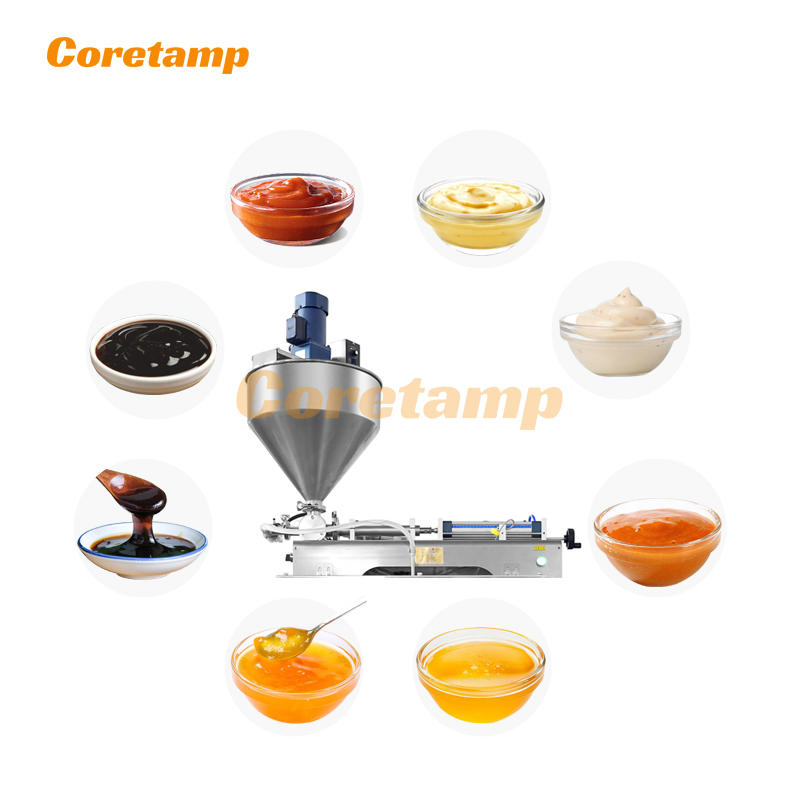Your Position: Home - Packaging Machine - How does a liquid sachet packaging machine work?
A liquid sachet packaging machine is a specialized piece of equipment used to efficiently and accurately package liquids into small sachets or pouches. These machines are commonly used in industries such as food and beverage, pharmaceuticals, cosmetics, and chemical manufacturing. Here's how a typical liquid sachet packaging machine works:
1. Liquid Filling:
The process begins with the liquid product being fed into the packaging machine's reservoir or holding tank. The machine is equipped with precision liquid filling mechanisms, such as pumps or dosing systems, that accurately measure and dispense the desired amount of liquid into each sachet.
2. Sachet Forming:
The packaging material, typically a roll of heat-sealable plastic film or laminate, is unwound and fed into the machine. The film passes through a series of rollers and guides, where it is formed into individual sachet pouches of the desired size and shape.
3. Sealing:
As the liquid is dispensed into each sachet, the packaging material is sealed around the edges using heat sealing mechanisms. Heat is applied to the edges of the film to create strong, airtight seals, ensuring that the liquid contents remain securely contained within the sachet and preventing leakage or contamination.

4. Cutting:
Once the sachet has been filled and sealed, it moves to the cutting station where specialized cutting blades or knives precisely trim excess material and separate each sachet from the continuous roll. This results in neatly formed individual sachet packets ready for further processing or packaging.
Suggested reading:
5. Date Coding and Printing:
Some automatic liquid packaging machines are equipped with date coding or printing systems that imprint important information such as expiration dates, lot numbers, barcodes, and product branding onto each sachet. This ensures traceability and compliance with regulatory requirements.
6. Quality Control:
Throughout the packaging process, the machine may incorporate various quality control measures to ensure the integrity and accuracy of each sachet. This may include sensors and detectors to detect any defects or irregularities in the packaging material, filling volumes, or seal integrity.
7. Collection and Packaging:
Once the sachets are filled, sealed, cut, and coded, they are collected and conveyed to the packaging area where they are grouped, counted, and prepared for further packaging, such as bundling into boxes or cartons, or sealing into larger packaging units for distribution.
8. Cleaning and Maintenance:
After the packaging process is complete, the liquid filling and sealing machine undergoes cleaning and maintenance procedures to ensure optimal performance and hygiene standards. This may involve flushing the liquid handling components, inspecting and replacing worn parts, and sanitizing surfaces to prevent contamination.
Overall, a high speed liquid sachet packaging machine operates with precision and efficiency to package liquids into convenient and portable sachet pouches. By automating the packaging process, these machines help manufacturers increase productivity, reduce labor costs, and maintain consistent quality standards in their liquid packaging operations.
135
0
0
Comments
All Comments (0)